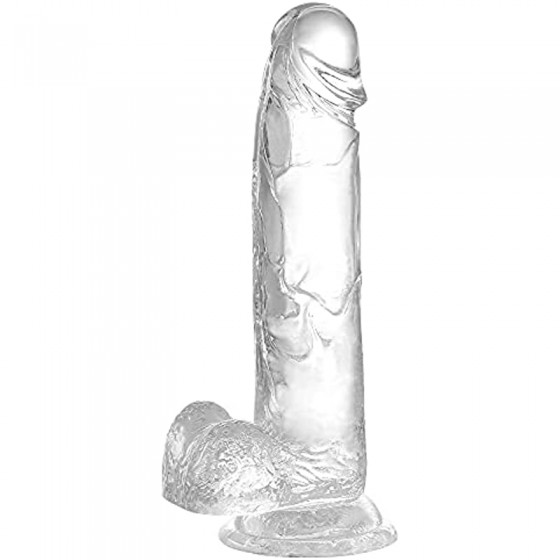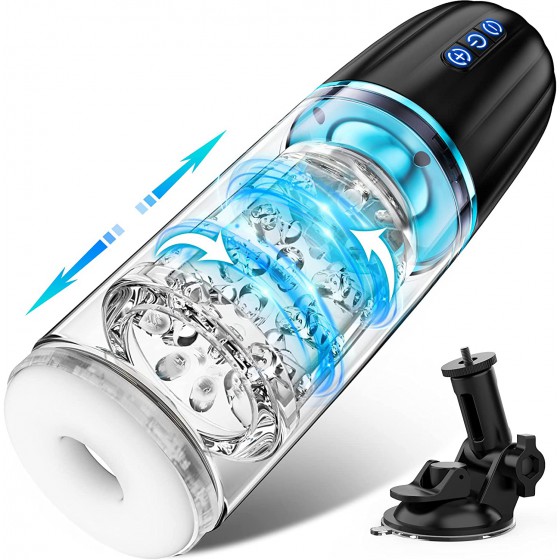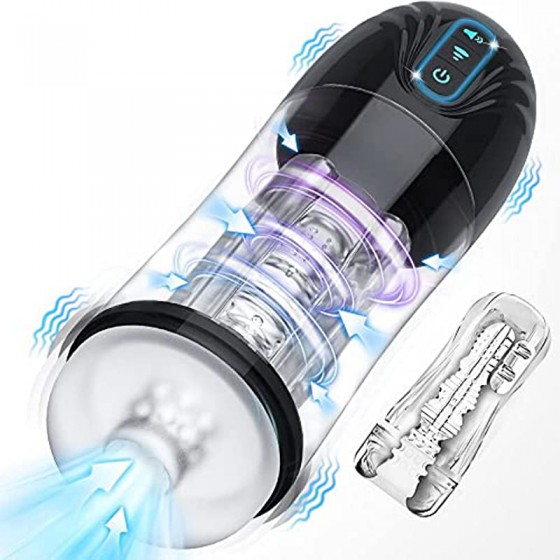Under what circumstances is induction of labor necessary? Induction of labor is necessary in these 5 situations!
Induction of labor means that after 12 weeks of pregnancy, a woman needs to artificially induce uterine contractions due to maternal or fetal factors, thereby terminating the pregnancy. Under what circumstances is induction of labor necessary?
Under what circumstances is induction of labor necessary?
1. Intrauterine stillbirth and fetal malformations
The pregnant woman obviously felt that the fetal movement had disappeared. When she went to the hospital for an examination, it was determined that the fetus was dead, and she needed to be induced immediately to ensure the safety of the pregnant woman. In addition, if during an ultrasound examination it is found that the fetus is severely malformed or the fetus cannot survive, induction of labor is also required.
2. Suffering from chronic nephritis
Pregnancy in patients with chronic nephritis increases the burden on the kidneys and is prone to a variety of symptoms, which affects the growth and development of the fetus and is not conducive to maternal recovery. In this case, it is necessary to induce labor as soon as possible and terminate the pregnancy.
3. Severe pregnancy poisoning
Severe pregnancy poisoning generally occurs in the middle and late stages of pregnancy. Small blood vessels throughout the pregnant woman's body constrict, leading to increased blood pressure, edema of the lower limbs, headache, dizziness and vomiting. Proteinuria is excreted in the urine. Even after treatment, the symptoms still do not improve. If the pregnancy continues, eclampsia is likely to occur, which may even cause the placenta to separate from the uterine wall prematurely, leading to massive bleeding, or fetal hypoxia or death. Therefore, pregnant women with severe gestational poisoning need to induce labor.
4. Pregnant women with polyhydramnios
Pregnant women with excessive amniotic fluid will suddenly raise the fundus of the uterus, causing pressure on the stomach and displacement of the heart. They often experience palpitations and suffocation, making it difficult to lie down, seriously affecting diet and sleep. If it is diagnosed as a malignant reaction or fetal malformation caused by polyhydramnios, the pregnancy needs to be terminated immediately.
5. Suffering from organic diseases
When pregnant women suffer from diabetes or other organic diseases, they are weak and lack energy. If the pregnancy continues, it will affect the health of the mother and the fetus. In this case, induction of labor is required.
What should I pay attention to before inducing labor?
1. You need to choose a regular hospital
No matter what the financial situation is, you must choose a regular and professional hospital for induction of labor. Because the surgical techniques and hygiene of small clinics are not up to standard, it may cause amniotic fluid embolism, postpartum injury, vaginal bleeding or uterine infection and other hazards. A B-ultrasound examination is required before pregnancy and delivery to see the size of the gestational sac and the position of the embryo.
2. Make good time to induce labor
Twelve to 24 weeks of pregnancy is the best period for induction of labor, because the placenta has already formed, the fetus is enlarging, and the bones are hardening. The cervix needs to be fully dilated during delivery. Because the uterus enlarges and the uterine wall becomes congested and soft, it is easy to damage the uterine wall during surgery. Therefore, it is difficult to induce labor in the second trimester and there are many complications.
3. Check before inducing labor
A comprehensive examination is required before induction of labor to ensure the success of the operation and the safety of women. Before induction of labor, urine routine, blood routine, electrocardiogram and renal function test need to be done. If necessary, placenta positioning needs to be done through B-ultrasound. People with low-lying placenta cannot induce labor. If you have severe cervicitis or increased secretions, you should take active treatment first, and then induce labor after the condition is relieved.
Warm reminder
Avoid sexual intercourse before induction of labor, and actively treat colds and urethral inflammation. Try to take a shower and change into loose clothes the day before the operation. Do not eat any food for 6 hours before the operation, and supplement nutrition at the same time. Stay in the hospital for 2 to 3 days after the operation to check whether there is any abnormal bleeding in the uterus. You can be discharged when there are no abnormal symptoms in the body. After discharge, you need to pay attention to rest, strengthen nutrition, pay attention to uterine contractions, observe the amount of bleeding, and see if there is fever. If there is excessive bleeding or infection, you need to actively go to the hospital for treatment. Pay attention to vulva hygiene and avoid sexual intercourse within one month after surgery.













